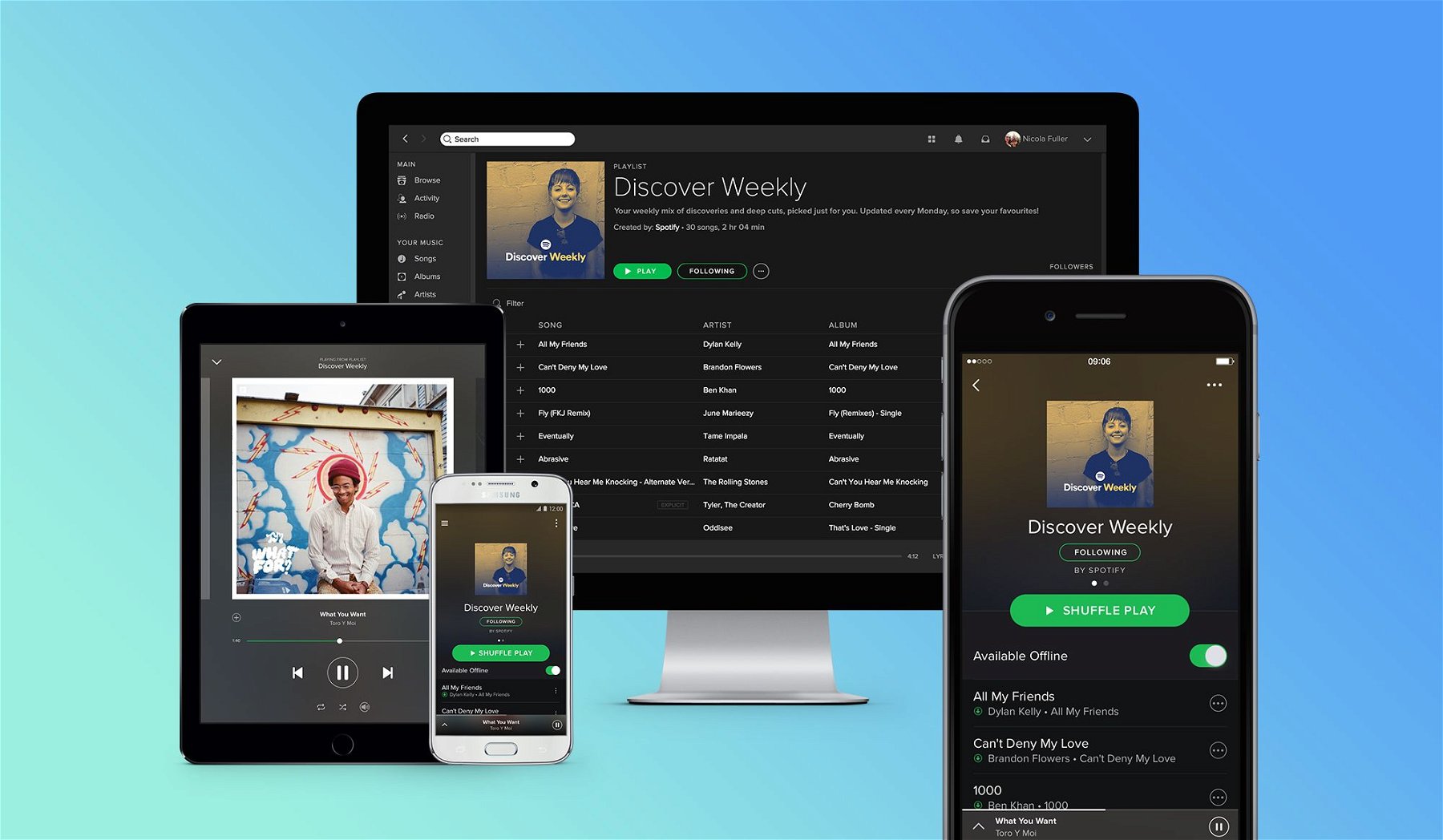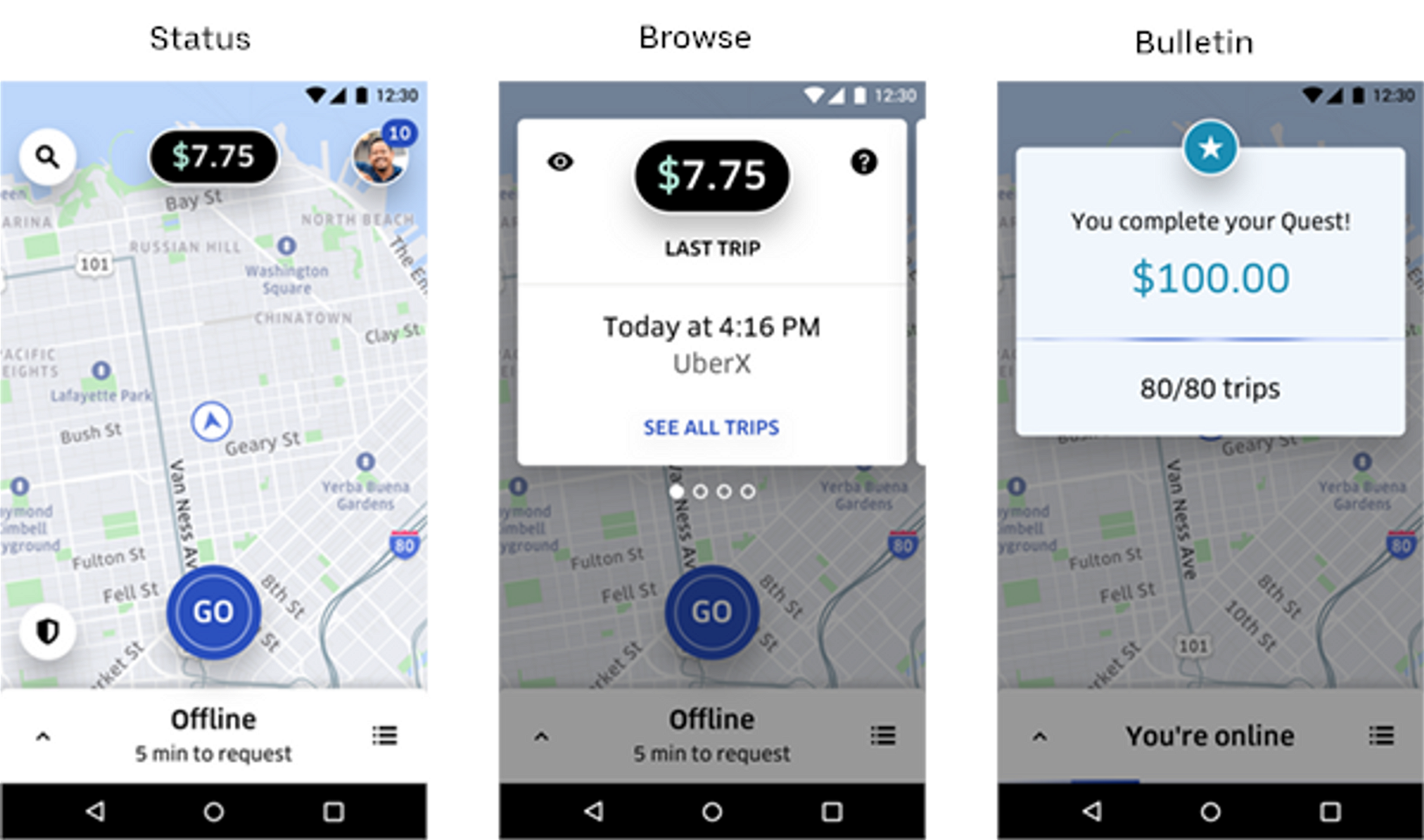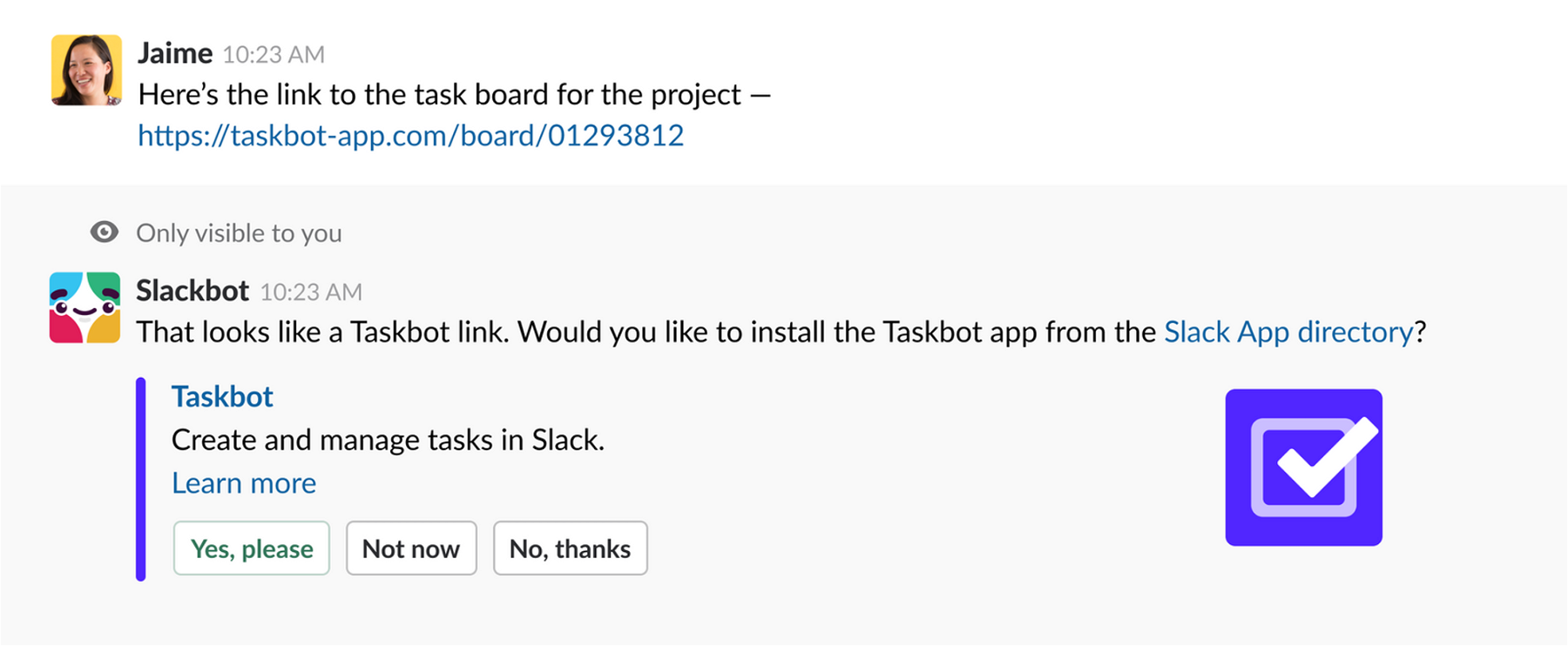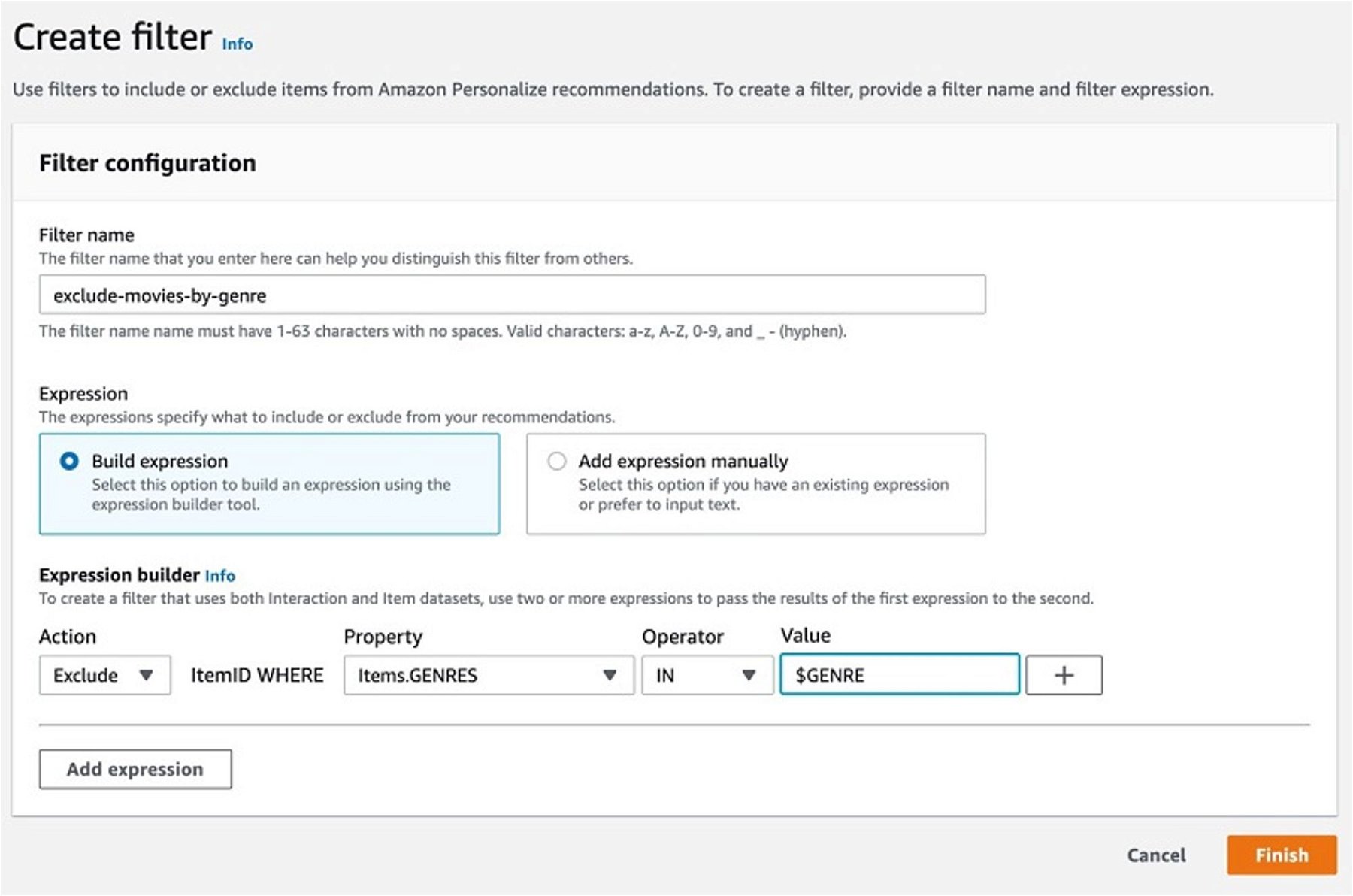Read time: under 4 minutes
Good UX is invisible
You're welcomed by the familiar hum of your device. With one swift click, you're transported into a realm that feels like home, even though it's made up of 1s and 0s. UI is so seamless that you barely notice it. UX design is what makes this magic happen.
It's the invisible yet essential backbone of any successful digital platform.
Today, let's dive into some real-life UX design projects from leading companies, discussing challenges, solutions, and valuable UX Design lessons from them. 🚀
Airbnb's UX Design: Simplifying Global Accommodation Booking
Airbnb had a mission:
To simplify the intricate process of finding and booking accommodations worldwide.
But the challenges were many. Various cultures, preferences, and a vast array of property types threatened to make the interface cluttered and confusing.
The solution? Airbnb streamlined their UX by focusing on core features like:
- Personalized recommendations
- Easy-to-use filters
- An intuitive booking process.
They effectively utilized micro-interactions to guide users through the process, making complex actions feel simple and engaging.
⚡ Lesson learned:An uncluttered interface and intuitive micro-interactions can turn a complex process into a delightful user journey.
Spotify's UX Design: Personalizing Music Discovery
Spotify faced a unique challenge:
How to help users navigate through millions of songs and discover new music tailored to their tastes?
The risk was overwhelming users with too many choices, leading to decision fatigue.
Spotify's solution: "Discover Weekly" feature - a personalized playlist updated every week based on users' listening habits.
The UX design of this feature created a sense of anticipation and excitement for users.
Making music discovery an enjoyable experience rather than a chore.
⚡ Lesson learned: Personalization, when done right, can lead to increased user engagement and satisfaction, turning potentially overwhelming choices into exciting discoveries.
Uber's UX Design: Bridging Digital and Physical Experiences
Uber's primary challenge was:
To ensure a seamless transition between booking a ride and the physical experience of the ride itself.
Their solution?
Real-time tracking feature. This allowed users to track their ride's progress, estimated arrival time, and route, providing a sense of control and security.
⚡Lesson learned: Bridging the gap between the digital and physical experience can significantly enhance user trust and satisfaction.
Slack’s UX Design: Engaging Onboarding Experience
Slack’s challenge was to introduce users to a new way of team communication, which could feel overwhelming at first.
Their solution was an engaging onboarding experience.
Upon sign-up, users are welcomed by Slackbot, which introduces features through a conversational interface.
This makes learning fun and interactive, reducing the initial learning curve.
⚡ Lesson learned: An engaging onboarding experience makes learning new features enjoyable.
Amazon's UX Design: Streamlining E-commerce Navigation
Amazon, the global e-commerce behemoth, faced the daunting task of presenting millions of products to users in a manageable and accessible way.
The challenge was to avoid overwhelming users while providing them with a personalized shopping experience.
Their solution: implement a dynamic filtering system that adapts to user preferences and search history.
Coupled with an intuitive product categorization system, users can navigate through a plethora of items effortlessly.
⚡ Lesson learned: A dynamic filtering system and intuitive categorization can make navigation in a complex e-commerce environment user-friendly and efficient.
Final thoughts
These case studies offer valuable insights into how leading companies approach UX design. The common thread?
They all centre on understanding their users’ needs and creating a seamless, engaging experience.
Remember: Great UX design isn't about making things look pretty—it's about making things work beautifully.
It's about understanding the users, their goals, and their challenges, and designing solutions that make their digital journey not just easy, but delightful.
As with all creative endeavours, UX design is a journey. Each project has its challenges, but each challenge is an opportunity for innovation and learning.
So let's take these lessons and continue to build better, more user-friendly digital landscapes.
After all, it's not just about getting to the destination—it's about enjoying the journey.
Happy designing friends ✌️




